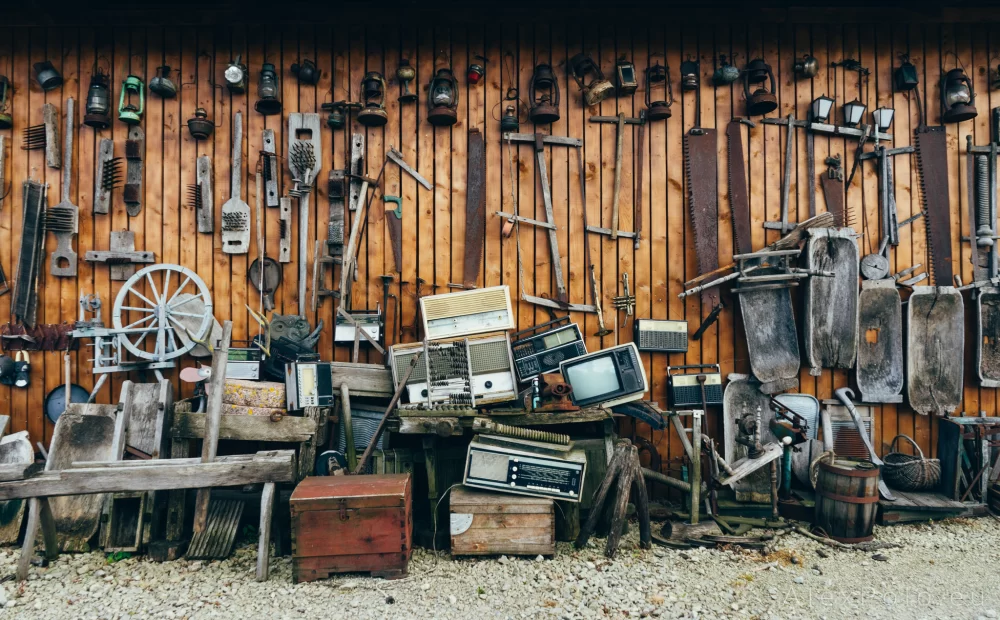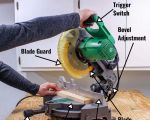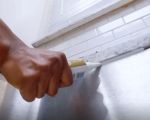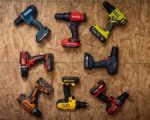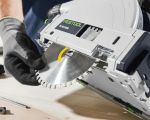- 1-Safety-First-Turn-Off-Power
- 2-Gathering-Tools-and-Materials
- 3-Removing-the-Broken-Light-Switch
- 4-Identifying-and-Preparing-Wiring
- 5-Installing-the-New-Light-Switch
- 6-Testing-and-Finalizing-the-Installation
- 7-When-to-Call-a-Professional
1. Safety First: Turn Off Power
Before attempting to replace a broken light switch, safety must be your top priority. Locate your home's circuit breaker panel and switch off the power to the room or area where you will be working. Use a non-contact voltage tester to confirm that the power is indeed off, ensuring you avoid electrical shocks while handling wiring.
2. Gathering Tools and Materials
To replace a broken light switch efficiently, gather all necessary tools and materials beforehand. Typically, you'll need a screwdriver set, wire strippers, electrical tape, a voltage tester, and the replacement light switch compatible with your home's wiring. Quality tools make the process smoother and safer.
3. Removing the Broken Light Switch
After confirming the power is off, carefully remove the switch cover plate by unscrewing it. Next, unscrew the mounting screws holding the broken switch to the electrical box. Gently pull out the switch to expose the wiring behind it, taking care not to damage any wires.
4. Identifying and Preparing Wiring
Identify the wiring configuration by noting the placement of the hot, neutral, and ground wires. Use your phone to take a picture for reference. If wires have damaged insulation or frayed ends, strip a small section of the insulation to expose fresh copper for a secure connection.
5. Installing the New Light Switch
Connect the wires to the new light switch, matching each wire to its correct terminal—typically, the black (hot) wire attaches to brass screws, white (neutral) to silver if applicable, and green or bare copper to the grounding screw. Tighten all screws securely and fold the wires back neatly into the box.
6. Testing and Finalizing the Installation
Once everything is reassembled, turn the circuit breaker back on and test the new switch. The light should operate smoothly without flickering or noise. If it works correctly, screw the switch back into place, reattach the cover plate, and clean up your workspace.
7. When to Call a Professional
If at any point you feel unsure about handling electrical components or if your wiring does not match common configurations, it’s wise to contact a licensed electrician. Complex issues such as faulty wiring, multiple switches, or circuit problems require expert intervention to ensure safety and compliance with local codes.
For tools and replacement parts, visit ToolNest for reliable products tailored to your electrical repair needs.

